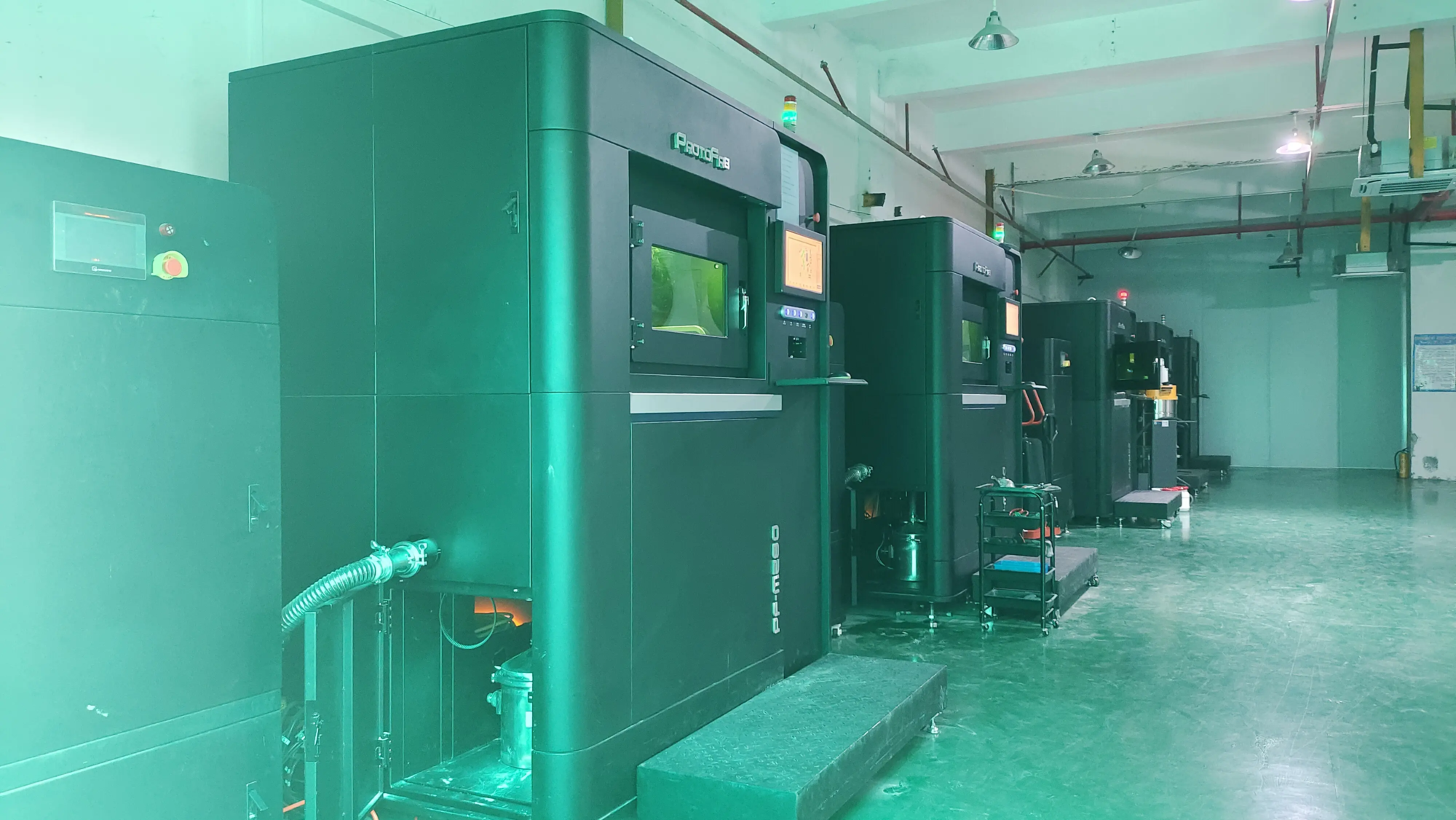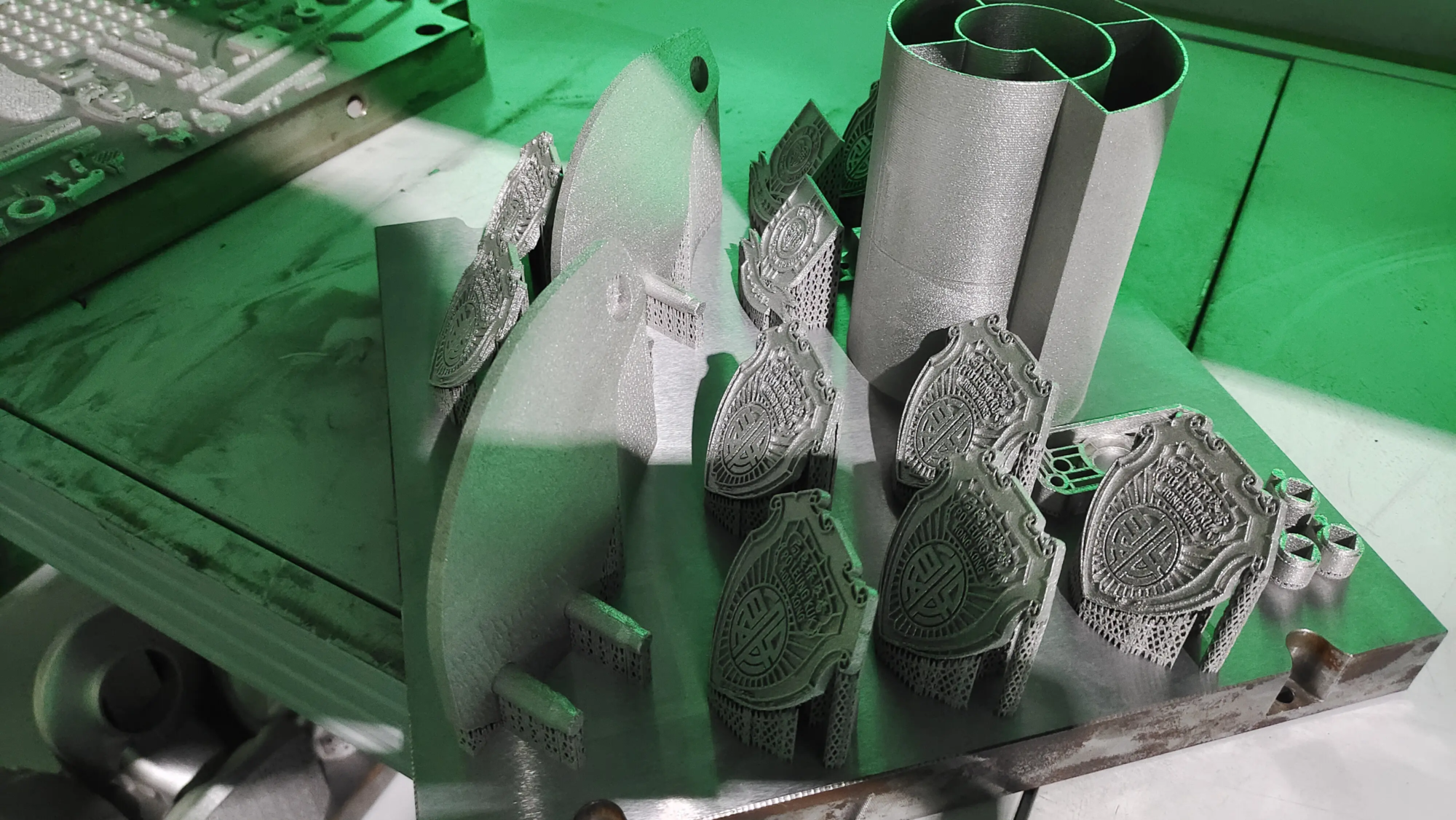The additive manufacturing of high -temperature high performance plastics is crucial for aerospace applications.
Additive manufacturing (AM)Offers many advantages for aerospace applicationsLike the light, the integration of components and the new possibilities of very complex geometries. However, in the field of aerospace manufacturing, 3D printing technology is often affectedChallenges of the lack of proven and certified equipment。
Fortunately, as the AM industry matures, the availability of the selection of materials has also increased, bringing many new opportunities to aerospace components printed in 3D.
In this context, the ketone ether polyether (PEEK), the polyether ketone (PEKK) and polyetheride (also known as PEI or Ultm) are particularly visible for their excellent mechanical and chemical resistance, which are also kept at high temperatures.
In fact, the relatively high resistance to heat of these thermoplastics is both beneficial for aerospace applications and poses a 3D printing challenge, in particular compared to other standard plastics such as polylactic acid (PLA) and butadiene styrene (ABS).
PEEK components printed in 3D for aerospace
Peek has a number of key characteristics that make aviationIt is quite attractive in aerospace applications. These characteristics include their strong resistance / weight ratio, heat resistance, resistance to chemicals and corrosion and low exhaust properties. The latter is particularly important for apps for space and satellite vessel. In addition, PEEK meets the flaw, smoke and toxicities (FST) requirements of the FAA and EASA.
With the progress of 3D printing technology, there is now a variety of options for 3D printed aerospace components. Certain merger filament manufacturing machines (FFF) can treat an overview, but they require high temperature extruders capable of operating at 400 ° C, as well as heating platforms and construction chambers.
Selective laser sintering (SLS) can produce parts with PEEK POWDER, and its advantage over the FFF is that it does not require support and has higher resolution, but these also require higher costs.
3D printing for aerospaceLardpart
Like PEEK, Pekk has a high resistance / weight ratio, and some suppliers claim that the PEKK components can be as strong as aluminum but weigh less than half of the weight of aluminum.
Pekk also has excellent wear and chemical resistance, and moreover, because the first has a weak crystallinity, it is easier to print 3D than to see.This makes it less subject to cooling problems, such as deformation. Pekk also complies with the FST requirements for commercial and military planes of FAA and EASA.
Although the use of 3D FFF printing of PEKK parts requires a lower extruder temperature (340 – 360 ° C), heating platforms and construction chambers are always necessary. PEKK can also be printed in 3D using SLS, and some suppliers provide PEKK powders doped for carbon fiber to improve performance.
3D printing for aerospaceUltimatepart
Ultm was launched in 1982 by General Electric and has similar characteristics to take a look, but has a lower impact resistance and a narrow temperature range.However, Ultem is also cheaper, and some of these copolymers (such as Ultem 9085 CG (certified grade) meet the FST requirements of FAA and EASA. Other Ultem copolymers contain waste or recycled waste and are certified as renewable materials.
ULTEM 9085 is designed for 3D printing processes (in particular FFF), but the material is sensitive to humidity, which can affect the properties of extruded and printed parts.Recommendations for optimal nozzle temperatures to extrude Ultem vary, but there areExperimental evidence shows,Resin and composites require a temperature range of 375 to 420 ° C for optimal results.
3D printing of thermoplastic aerospace components
Depending on the properties of the required materials, take a look,Pekk and Ultem can be used to print 3D a variety of aerospace components. Including the internal components of the nacelle (supports, panel fasteners and ventilation conduits), structural components of a UAV or satellite, electric insulation (metal clips and connectors); and fluid and pneumatic systems (fuel pipe supports, valve boxes).
specificThe material to choose mainly depends on the budget and the thermal / mechanical requirements. And,The need to reduce weight to improve energy efficiency without compromising safety is always present, which also means that the additive manufacturing market for thermoplastics such as PEEK, PEKK and ULTEM will continue to grow.





